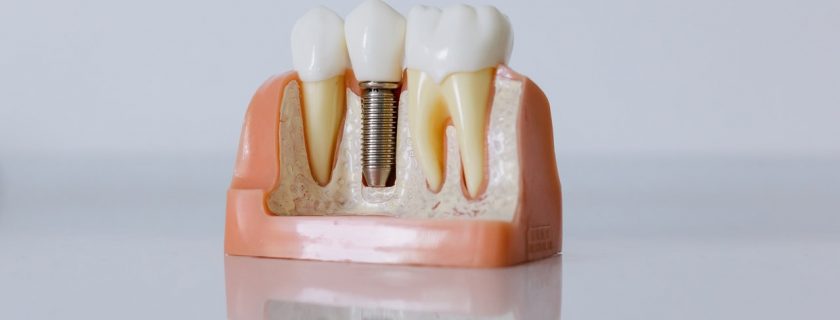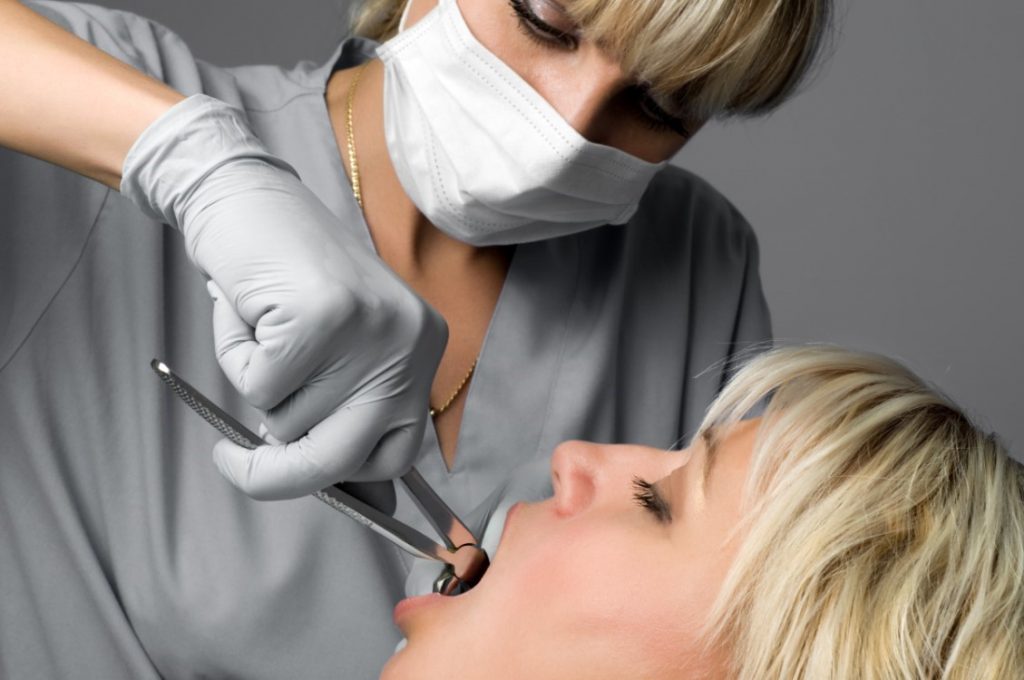Lost a tooth? Get it back with oral implants


Tooth loss is regrettable but not uncommon. However, it does not have to be a permanent loss. There are many options to replacing a missing comrade in the ranks of your smile! And doing so is not purely an act of vanity. There are many good reasons for it.
The front teeth have the largest effect on your appearance and to a degree your confidence, as how people perceive you, particularly if they have little more to go on, can make a big difference in your relationships, both private and professional. When it comes to the loss of a molar, function rather than aesthetics becomes the primary concern. Molars have a very large surface area which is meant to interact with the adjacent molar, allowing you to effectively grind food spreading the force and workload.
Once a molar is absent the opposing tooth will no longer be placed under load and may move out of position. Also, the adjacent teeth will migrate in to close the vacant gap; this can result in issues with spacing, increasing the challenge of daily brushing as well as reducing the effectiveness and even the manner in which you chew your food.

The implant
Dental Implants have 3 key components. The first is the titanium component that interacts with the jaw itself. It goes through a process known as osseointegration that closely fuses it with the living jawbone, creating a sturdy root.
The connector or abutment locks the root to the oral prosthetic, bridging the gap between the component under the gum and the new crown above the gum line .
The visible component of a dental implant, often colloquially referred to as the implant itself, is the oral prosthetic. While the true implant is a titanium post surgically placed in the jawbone, the oral prosthetic is the visible portion that patients and their families interact with. This prosthetic, including the crown or bridge, is the aesthetic and functional element that mimics natural teeth.
When the oral prosthetic of a dental implant becomes damaged, experienced dentists, such as those at smilelinedentistry.com/services/dental-implants/ or similar platforms, employ a systematic approach to replacement or repair. Firstly, a thorough examination is conducted to assess the extent of the damage and determine the most appropriate course of action. For minor issues, like chipping or small cracks, repairs may be feasible through dental bonding or other restorative techniques.
In cases of irreparable damage or significant wear, replacement may be recommended. The replacement process typically involves the creation of a new oral prosthetic, custom-designed to match the patient’s natural teeth in color, shape, and function. Advanced dental technology, such as digital impressions and computer-aided design, ensures precision in crafting the replacement prosthetic.
Once the new prosthetic is ready, it is securely affixed to the existing implant or a new implant if necessary, restoring both the aesthetic appearance and functionality of the dental implant. Throughout this process, dentists prioritize patient comfort, effective communication, and seamless integration of the replacement prosthetic for optimal oral health and satisfaction.
Life with implants
Good quality maintenance of implants can help them to last a lifetime. Thankfully keeping them in their best shape is fairly easy. With no significant differences carrying out normal or dental care, a 6 month check-up is recommended along with normal brushing and flossing and of course, ensuring that any signs of gum disease are checked.
The artificial porcelain composite used in the fabrication of oral prosthetics is not susceptible to cavities or decay like natural enamel, but it is also significantly more stain resistant. This has advantages, but also the limitation that your natural enamel will collect stains faster than the implant. Depending on your lifestyle, primarily smoking, coffee and red wine consumption, there may be a divergence in the shade between the rest of the teeth and the implant. Regular scale and polish treatment can help mitigate this and dental whitening can be used in severe cases to even the enamel shade across all your teeth, artificial and natural.
The oral prosthetic may be impervious to cavities, but they are still subject to damage from trauma and can become chipped or cracked. Thankfully, due to the connector they can be detached from the artificial titanium root and replaced without having to extract the entire implant or go through the period of re-osseointegration.

